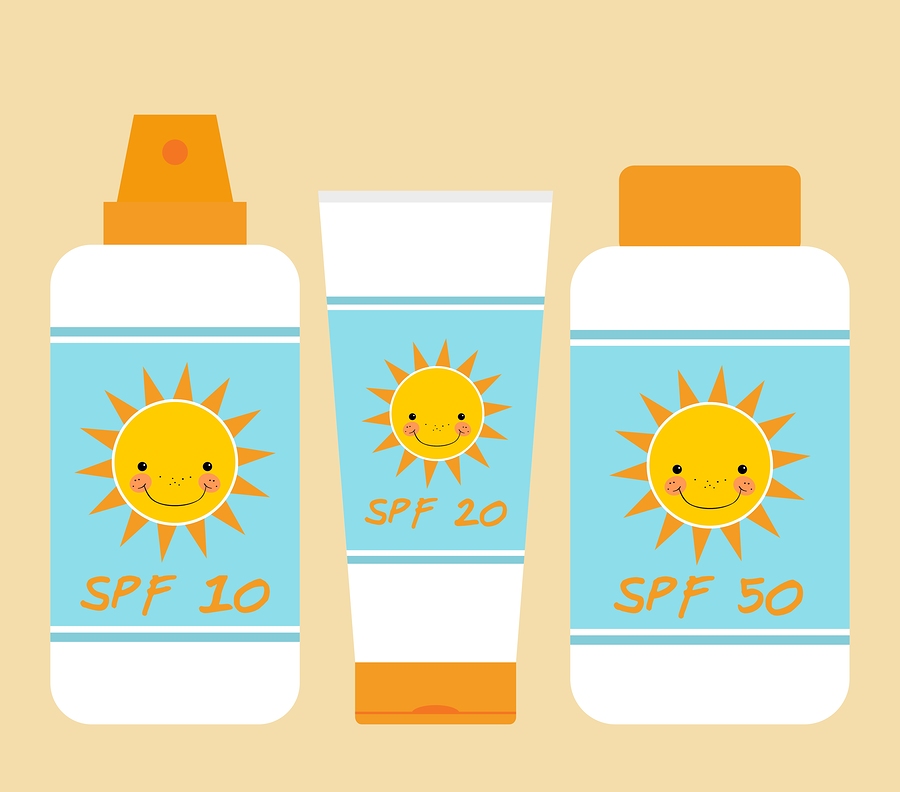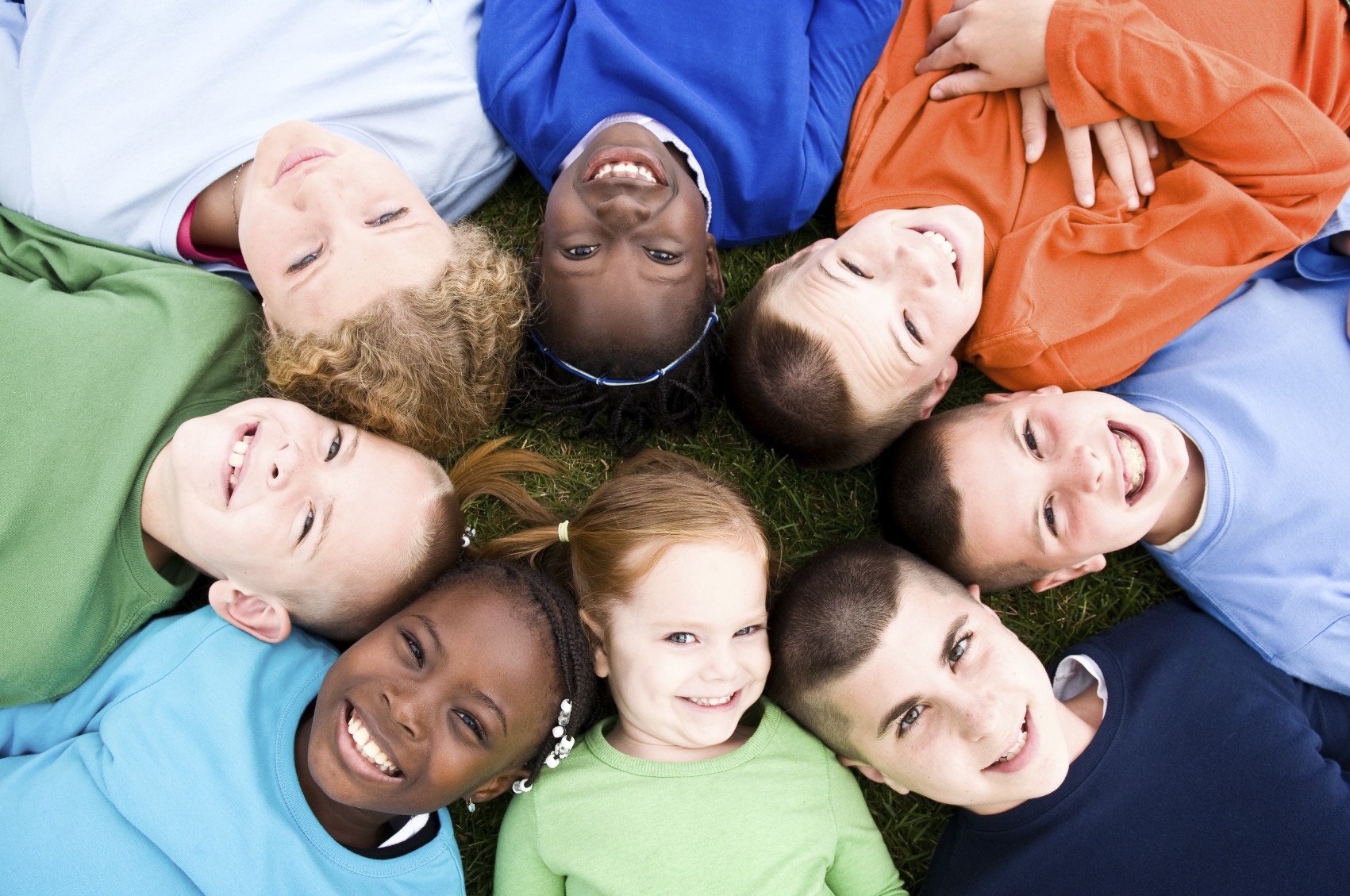I hope everyone is enjoying their summer and staying safe and healthy! Something I’ve been talking to parents a lot about recently is dental care. There is a lot of confusion about when to start brushing your child’s teeth, when to use a fluoride toothpaste and when to go to the dentist. As a first time mom, I still am trying to get better at making tooth brushing a regular thing for my son – it is something I’m going to work on for sure! Hopefully this post will help clear up some of the misinformation out there and brighten some smiles too!
Tooth brushing: In theory, you can start brushing your child’s teeth as soon as they erupt. Buy a baby toothbrush or a finger toothbrush and let your child chew on it and then follow with you brushing their teeth. Getting in this habit early is a great way to ensure good dental hygiene down the road. Even before tooth eruption, you can clean a baby’s gums with a damp washcloth after feeds to make sure residual sugar is wiped away. This helps prevent growth of germs that might cause infections like thrush. In my mommy experience I found that hard to stick to, but, if you can get in the habit it’s a good thing to do.
 Fluoride use: In early 2014, the American Academy of Pediatrics (AAP) came out with a new article about fluoride use. It helped clear things up a bit for us as pediatricians as well. Fluoride helps protect and strengthen teeth but it can be dangerous if consumed in large quantities. Fluoride is present in city water (what most of you use) and many bottled waters as well – this is a good thing and is safe to use for your baby. In addition, it is OK for you to start using a fluoride toothpaste as soon as your baby has teeth. There is still some debate on whether this should be a universal recommendation (or just for kids at high risk of dental disease), but, if you use the correct amount, it is safe regardless. In children 3 years and younger, a grain of rice size or “smear” on the toothbrush is all that’s needed, two times per day. This is well below the safe amount for a child to ingest even if they swallow it. In kids 3-8 years old, a pea-sized amount is good to use and in kids over 8 years old (or when they can spit reliably), a full line of toothpaste on their brush is appropriate. Of note, there are no toothpastes out there that have fluoride marketed for kids less than 2 years old, so you’ll have to buy the “2 years +” toothpaste even for your younger kids. There are lots of fun flavors like berry and bubble gum!
Fluoride use: In early 2014, the American Academy of Pediatrics (AAP) came out with a new article about fluoride use. It helped clear things up a bit for us as pediatricians as well. Fluoride helps protect and strengthen teeth but it can be dangerous if consumed in large quantities. Fluoride is present in city water (what most of you use) and many bottled waters as well – this is a good thing and is safe to use for your baby. In addition, it is OK for you to start using a fluoride toothpaste as soon as your baby has teeth. There is still some debate on whether this should be a universal recommendation (or just for kids at high risk of dental disease), but, if you use the correct amount, it is safe regardless. In children 3 years and younger, a grain of rice size or “smear” on the toothbrush is all that’s needed, two times per day. This is well below the safe amount for a child to ingest even if they swallow it. In kids 3-8 years old, a pea-sized amount is good to use and in kids over 8 years old (or when they can spit reliably), a full line of toothpaste on their brush is appropriate. Of note, there are no toothpastes out there that have fluoride marketed for kids less than 2 years old, so you’ll have to buy the “2 years +” toothpaste even for your younger kids. There are lots of fun flavors like berry and bubble gum!
How to brush: Tooth brushing should ideally be done 2 times per day for 2 minutes each time. If any of you can get your toddler to do this for 2 minutes I commend you! It is hard work! Adults should help kids generally under 5-6 years old but after that, kids may be reliable enough to brush their teeth well on their own. Gentle circular strokes are recommended to not damage the gums or enamel. Rinsing is NOT recommended (no matter your child’s age) for a couple reasons; first, it actually increases the amount of fluoride swallowed (which in theory could lead to unsafe levels of fluoride ingestion) and secondly, it washes all that wonderful fluoride off the teeth. Ideally we want the fluoride to stay on their teeth (without consuming food or beverage) for 30 minutes. That’s why it is best to brush your teeth at least 30 minutes prior to breakfast or after you’ve eaten breakfast and as the last thing you do before going to bed.
Dental visits: The AAP recommends that kids at high risk for cavities see a dentist at around 1 year of age. Otherwise, if your child is healthy and brushes their teeth regularly, you can wait until 2-3 years of age to make your first dental appointments. Once begun, a child should see the dentist every 6 months. Call your dentist’s office to see what they recommend for first visits as well.
Tooth tips: Make sure to wean from bottles and pacifiers as soon as you can. I recommend to most of my patients to try to have both these items gone by around 1 year old. Also, try not to give too much juice – it is liquid sugar and does nothing good for nutrition or your teeth. If you are offering juice, water it down (a lot) and only give it on special occasions. Pop should not be given either. Lastly, keep away from sugary, sticky candies that can get stuck in teeth. Crunchy healthy snacks like apples, pears, carrots and celery are much better for your teeth (and nutrition overall)!
I hope these guidelines help you decide what is right for your child’s dental care. If you have any questions, talk to your pediatrician who knows your family and your child best to give you individualized recommendations. Thanks for reading!







